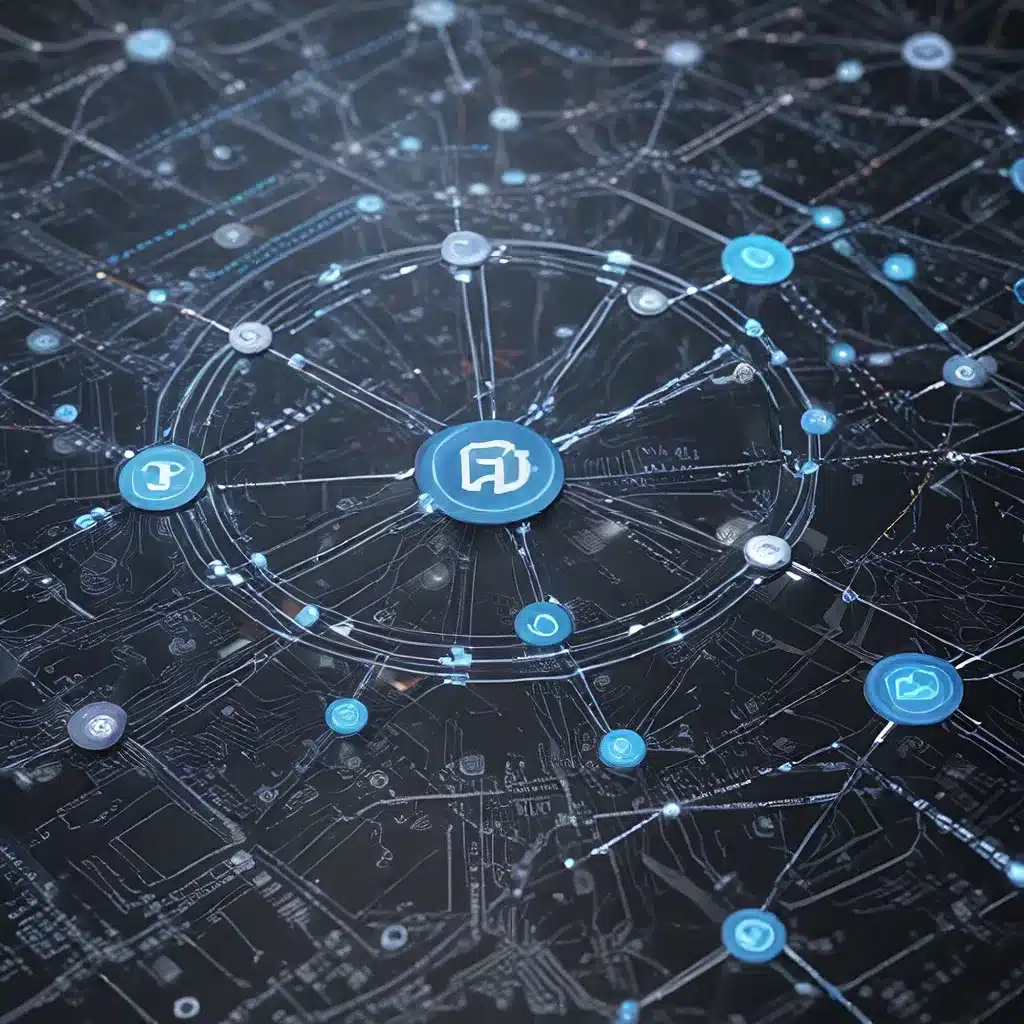
As the Internet of Things (IoT) continues to revolutionize our lives, the importance of securing the vast ecosystem of sensor networks has become paramount. With the proliferation of connected devices, from smart homes to industrial automation, the volume and sensitivity of data generated by these sensors have reached unprecedented levels. Safeguarding this data is not just a technical challenge but a critical imperative to maintain the privacy, security, and reliability of the IoT landscape.
Securing the IoT Landscape: Addressing the Vulnerabilities
The IoT ecosystem is a complex tapestry of interconnected devices, communication protocols, and data management systems, each with its own unique security considerations. Vulnerabilities can arise from weak authentication mechanisms, outdated firmware, or even insecure network architectures. Cybercriminals and malicious actors are constantly seeking to exploit these weaknesses, potentially compromising sensitive information, disrupting critical operations, or even hijacking entire IoT systems.
To address these challenges, a multifaceted approach is required, one that combines advanced encryption techniques, robust authentication methods, and secure communication protocols. By implementing end-to-end encryption for data transmission and storage, organizations can ensure that even if a breach occurs, the sensitive information remains protected. Additionally, the adoption of strong authentication mechanisms, such as multi-factor authentication (MFA) and biometric verification, can significantly enhance the overall security posture of IoT deployments.
Innovative Approaches to IoT Security
In the ever-evolving landscape of IoT security, innovative approaches are emerging to safeguard sensor data and the broader ecosystem. One such approach is the integration of blockchain technology into IoT networks. By leveraging the decentralized, transparent, and immutable nature of blockchain, IoT devices can securely record and validate sensor data, creating a tamper-resistant ledger that enhances data integrity and traceability.
Another promising development is the convergence of IoT and Edge Computing. By processing and analyzing sensor data closer to the source, at the edge of the network, organizations can reduce the risk of data breaches and minimize the attack surface. This edge-centric approach, combined with advanced analytics and machine learning, can enable real-time anomaly detection and immediate response to potential security threats.
Optimizing IoT Energy Efficiency: Balancing Performance and Power Consumption
The energy efficiency of IoT systems is another critical factor that must be addressed to ensure the sustainability and scalability of sensor networks. Resource-constrained IoT devices, such as battery-powered sensors, require meticulous power management to extend their operational lifespan and minimize the need for frequent battery replacements or recharging.
Innovative hardware and software solutions are emerging to address this challenge. Low-power microcontrollers, energy-efficient communication protocols (e.g., LoRaWAN, NB-IoT), and advanced power management techniques can significantly reduce the energy consumption of IoT devices without compromising their performance or functionality.
Furthermore, the integration of renewable energy sources, such as solar panels or piezoelectric harvesters, can enable self-sustaining IoT deployments, reducing the reliance on traditional power sources and contributing to a more eco-friendly IoT ecosystem.
The Future of Sensor Networks and IoT
As the IoT landscape continues to evolve, the security and energy efficiency of sensor networks will remain critical priorities. Emerging technologies, such as quantum cryptography, federated learning, and 5G/6G communication standards, hold the promise of further enhancing the resilience and performance of IoT systems.
Moreover, the development of industry-specific IoT frameworks and reference architectures will streamline the deployment and management of sensor networks, ensuring that security and energy optimization are integrated into the design and implementation of IoT solutions from the outset.
By embracing these innovative approaches and staying at the forefront of technological advancements, organizations can safeguard the IoT ecosystem and unlock the full potential of sensor networks to transform industries, enhance user experiences, and drive sustainable innovation.
Explore the latest sensor network technologies and IoT applications at sensor-networks.org, your trusted source for cutting-edge insights and practical guidance.